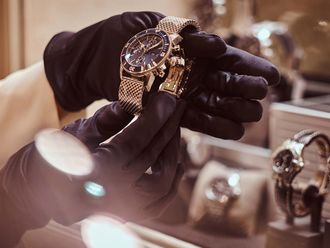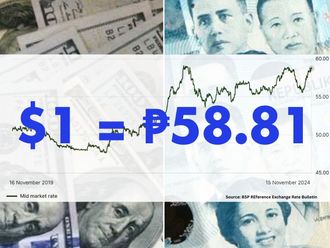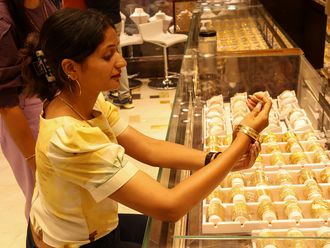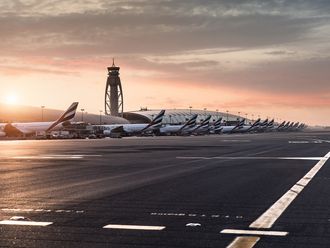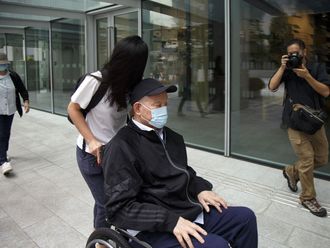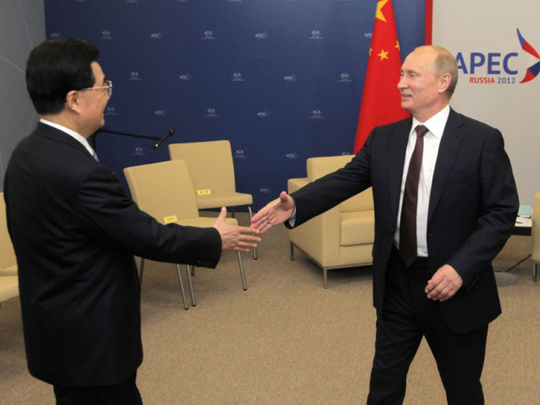
Moscow: Russia, faced with a debt crisis in its top trading partner, is pivoting east for the trade and investment President Vladimir Putin needs to meet the economic targets he set for his third term.
The world’s largest energy exporter plans to construct an oil refinery on the Pacific coast and may send grain eastward as Toyota Motor Corp and Mazda Motor Corp consider building Russian plants. The government has spent more than $20 billion to showcase Vladivostok, 4,000 miles east of Moscow, as leaders gather for this week’s Asia-Pacific Economic Cooperation summit.
Russia is looking to Asia as the European Union, which accounts for about half of its trade, grapples with a three-year-old debt crisis. Putin, who’s targeting faster growth and a greater role for investment, says the 21 APEC economies represent the best bet to fuel global expansion as traditional engines such as the US and Europe flag.
“Russia has long been an intrinsic part of the Asian-Pacific region,” Putin wrote on Thursday in The Wall Street Journal. “We view this dynamic region as the most important factor for the successful future of the whole country, as well as the development of Siberia and the far east.”
Russia’s gross domestic product advanced 4 per cent from a year earlier in the second quarter, less than Putin’s 6 per cent medium-term goal. The president, who was re-elected to the Kremlin in March after four years as prime minister, has ordered the government to boost investment to 25 per cent of GDP by 2015 and 27 per cent in 2018 from 21 per cent last year.
Stocks lag
“If there’s going to be rapid growth anywhere, then this is where it’ll be,” Putin told a September 3 meeting of APEC trade union leaders. The Pacific region grew 4.1 per cent in 2011, outpacing the 3.9 per cent global rate, “even including fairly modest results for the American and Japanese economies.”
Russian stocks are outperforming Asian equities, with the RTS Index advancing 3.9 per cent this year compared with 1.83 per cent for the MSCI AC Asia Pacific Index. The ruble has gained 0.6 per cent against the dollar, the 11th-worst performance of 25 emerging-market currencies tracked by Bloomberg.
Vladivostok and the nearby island of Russky are hosting leaders from the US, China and Japan weeks after Russia formally joined the World Trade Organisation. Investments in the city and the conference site reached 660 billion rubles ($20.5 billion, Dh75.27 billion)) as the government revamped bridges, roads and power stations.
Trade targets
Russia’s APEC goals are trade liberalisation and regional integration, food security, transportation and innovation. Organisers also predict “lively discussion” on global finance and the labour market, with International Monetary Fund Managing Director Christine Lagarde set to speak, according to materials distributed by Putin’s foreign policy aide, Yuri Ushakov.
APEC nations may account for a third of Russian trade by 2025, according to Andrey Kostin, chief executive officer of VTB Group, the country’s second-biggest lender. Russia would like the Pacific Rim to eventually leapfrog Europe in terms of trade, First Deputy Prime Minister Igor Shuvalov has said.
Russia’s bilateral trade with the European Union has been declining since 2006, falling to 49 per cent of the total from 56 per cent, customs data show. During that time, the Pacific Rim’s share has risen to 23 per cent from 15 per cent, according to customs data compiled by Bloomberg.
‘Historic step’
Countries participating in the summit agreed on Thursday to reduce import duties on environmentally friendly goods to 5 per cent by 2015 from as high as 35 per cent now, Russian Economy Minister Andrei Belousov said. The move was a “historic step,” Japanese Trade Minister Yukio Edano told reporters.
Russia has “no alternative” than to look at fast-growing Asian economies such as China and Vietnam, Kostin, who’s heading the APEC summit of chief executive officers, told reporters in Moscow August 31.
Russia will extend the 801 billion-ruble East Siberian-Pacific Ocean oil pipeline to its Far Eastern port of Kozmino this year. It plans to bolster Asia-Pacific energy ties further after beginning deliveries to China via the link last year.
OAO Rosneft, the country’s largest oil producer, is considering a 173 billion-ruble petrochemical complex on the Pacific Coast that would target the Chinese market.
LNG plant
OAO Gazprom, the natural-gas export monopoly, and a group of Japanese companies led by Itochu Corp will sign a memorandum on building a liquefied natural-gas facility in Vladivostok at the summit, Nikkei reported September 3, without saying where it got the information. The companies have been studying a 10 million- metric ton LNG plant in the region since last year.
Russia also wants to increase its clout as a nuclear-energy provider, including in partnership with Japan and the US, Shuvalov told reporters September 3.
Asian ‘breadbasket’
“Siberia and the Far East can become a breadbasket” for Asia, Magomedov said. Summa plans to open a $300 million, 10 million metric-ton grain terminal near Vladivostok within two years and may also invest in growing wheat, he said.
Investments into Russia include Toyota, which is planning to open a car factory in Vladivostok, and Mazda, which Thursday opened a plant with OAO Sollers to produce two models. The Mazdas will be shipped to European Russia with government help, according to Shuvalov.


